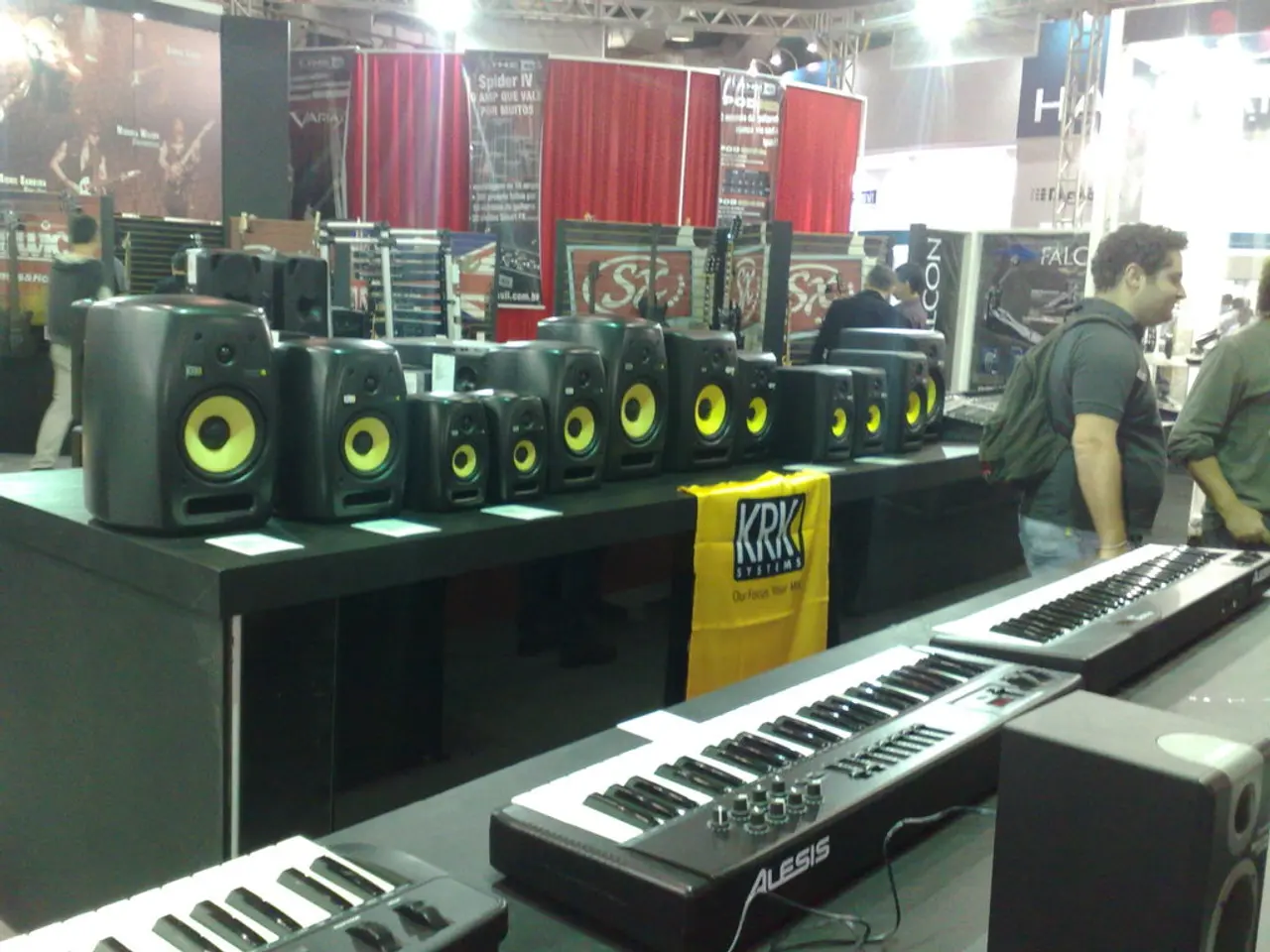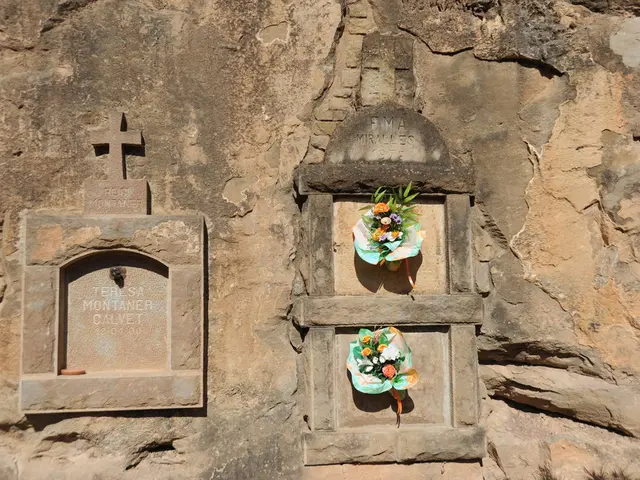Decrease in casino earnings in Indiana by 1.5% compared to the same period last year observed in June
Indiana's commercial casinos reported mixed results in their June revenue, with some properties experiencing growth while others saw a decline compared to the same period last year.
The highest revenue among all properties in June went to Hard Rock Casino Northern Indiana, which generated $30.1 million. However, this figure represents a 12.3% decrease year-over-year. Harrah's Hoosier Park followed closely with the third-highest revenue of $20.6 million, marking a 10% increase year-over-year. Horseshoe Hammond generated $20.4 million, up 5.1% year-over-year, while Horseshoe Indianapolis had the second-highest revenue with $26.6 million, up 1.9% year-over-year.
Other casinos reported lower revenues, with Caesars Southern Indiana generating $18.9 million, down 3.9% year-over-year, Terre Haute Casino reporting $11.1 million, Blue Chip Casino earning $10.1 million, Hollywood Lawrenceburg bringing in $11.9 million, and Bally's Evansville having revenue of $13.6 million.
In statewide adjusted gross revenue, Indiana casinos generated $192.8 million in June, down 1.5% compared to the same month the previous year. The taxable AGR for June was $187.2 million, a decrease from $190.4 million the previous year.
The revenue from electronic gaming devices and slots delivered $162.9 million in slot win, down from $166.1 million the previous year. State's table games generated $32.6 million in wins, a decrease from $33.6 million in June 2024.
Indiana's commercial casino revenue has experienced growth over recent years, with the integration of sports betting playing a significant role. In 2024, Indiana's total sports betting handle reached $5.21 billion, with monthly gross revenues in 2023 ranging roughly between $19 million and $55 million.
Regarding the allocation of tax revenue generated by Indiana casinos, the Evansville City Council approved funding of $7 million from casino money for purchasing ambulances and other medical equipment. The state has a history of dedicating casino tax funds to various public welfare projects, with a recent trend of channeling casino tax revenue into healthcare-related expenditures, including purchases of medical equipment.
This pattern aligns with typical state approaches to gaming tax revenues, where a share supports medical and social services infrastructure alongside education and public safety. However, specific aggregate revenue data for the traditional brick-and-mortar casinos over the years were not detailed in the search results.
For more specific or updated figures on Indiana's casino tax revenue allocation to medical equipment, that information would likely be found in Indiana state budget documents or gaming commission reports not included in the search results.
Despite the mixed revenue results for Indiana's commercial casinos in June, the casino-and-gambling industry continued to offer a variety of casino-games, with some properties thriving and others facing declines compared to the same period last year. The revenue data from these games, particularly electronic gaming devices and slots, showed a slight decrease in June 2024 compared to the previous year.








